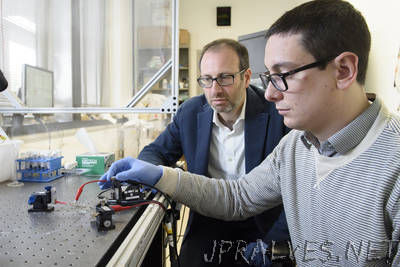
“For all the improvements in computer technology over the years, we still struggle to recreate the low-energy, elegant processing of the human brain. Now, researchers at Stanford University and Sandia National Laboratories have made an advance that could help computers mimic one piece of the brain’s efficient design – an artificial version of the space over which neurons communicate, called a synapse. “It works like a real synapse but it’s an organic electronic device that can be engineered,” said Alberto Salleo, associate professor of materials science and engineering at Stanford and senior author of the paper. “It’s an entirely new family of devices because this type of architecture has not been shown before. For many key metrics, it also performs better than anything that’s been done before with inorganics.””
